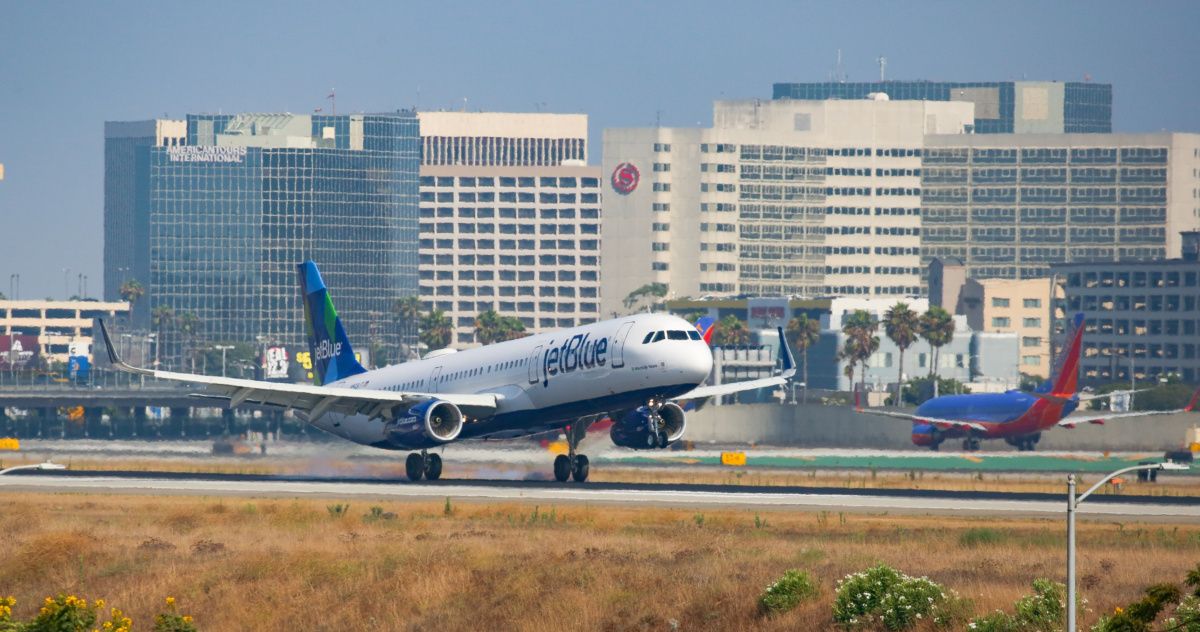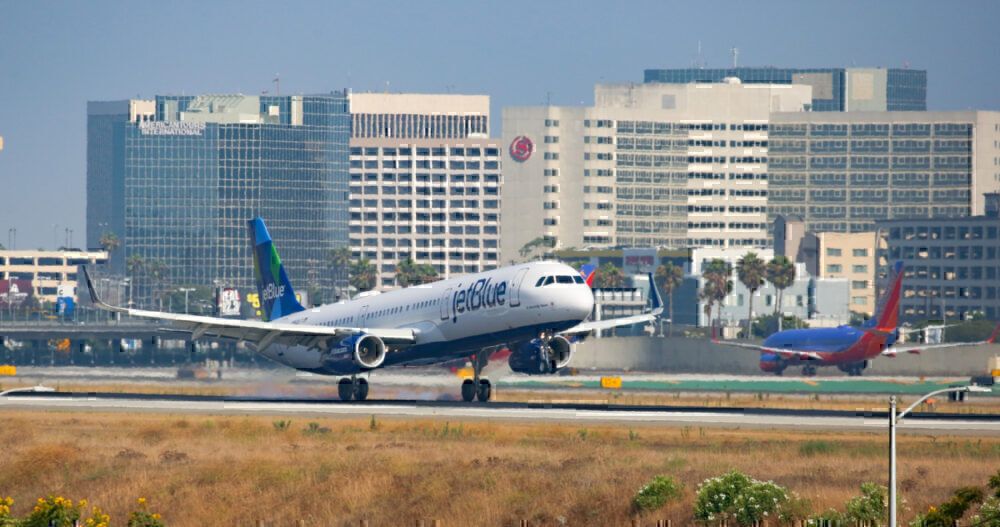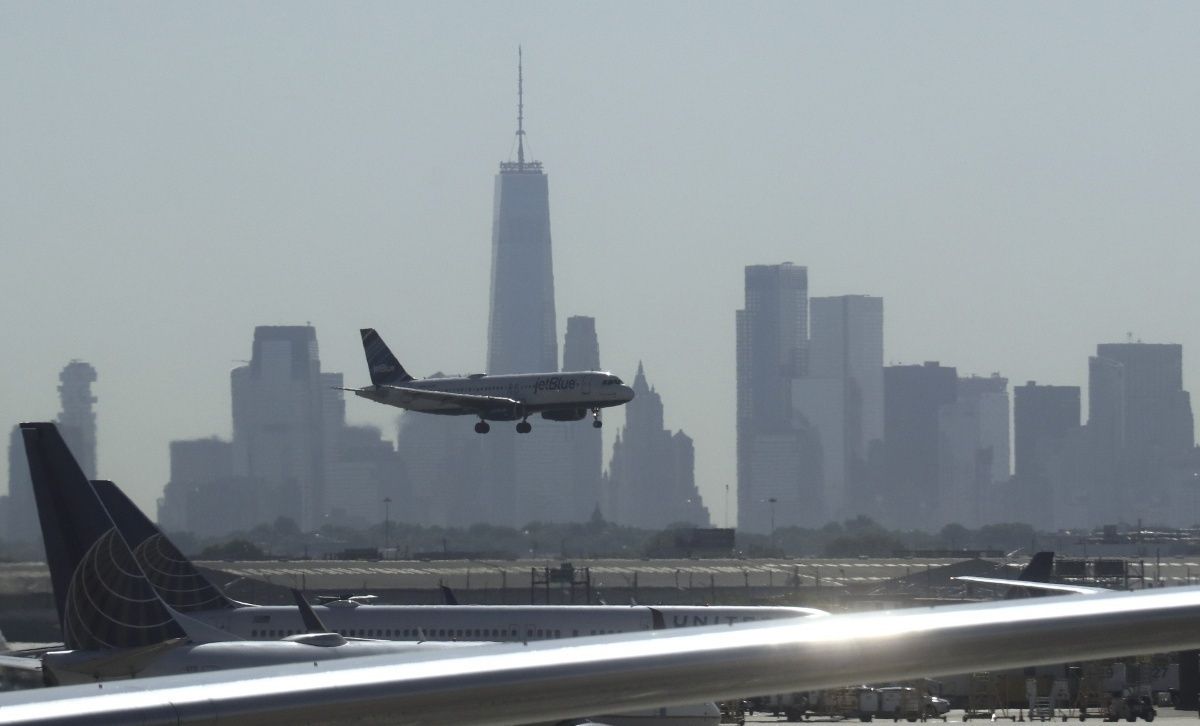Earlier this week, a JetBlue aircraft was forced to return to Fort Lauderdale after its landing gear failed to retract. On Thursday, the plane landed safely, and a replacement A320 was provided for the trip. Here's what we know.
JetBlue landing gear difficulties
On Thursday, a JetBlue A320 suffered difficulty on take-off from Fort Lauderdale Hollywood International Airport. On August 13th, the A320-200 registered at N709JB was on its way to Richmond International Airport in Virginia.
The aircraft successfully completed take-off from Runway 10R; however, after a few moments, pilots realized something was wrong. The aircraft's landing gear would not retract, meaning that the flight could not go on.
Realizing this issue, the crew decided to turn back to Fort Lauderdale, but not before the aircraft had burnt some fuel. The A320 spent nearly one-hour circling above the airport at 12,000 feet before it could land.
Having taken off at 20:31 EDT (01:31 +1 UTC), N709JB landed on runway 10L at 21:41 EDT (02:41 +1 UTC). JetBlue did not report any casualties.
Passengers put on a replacement flight
Thankfully, passengers were not heavily disrupted by the return to Fort Lauderdale. They were placed on a replacement A320-200 with the registration N535JB. The aircraft returned to the skies and reached Richmond with a two-hour delay - a pretty swift recovery.
According to The Aviation Herald, the first aircraft returned to operation 17.5 hours after it landed. At present, it is unclear what went wrong with the landing gear and what work was taken to fix the plane.
While we might not know the cause of the landing gear retraction failure on this occasion, we do know that it's an issue that should be taken seriously. JetBlue crews responded correctly. Flying with landing gear deployed is problematic for several reasons.
Firstly, the landing gear creates an obstruction when flying, which works to increase drag. If an aircraft flew with its wheels down, it would be much slower and burn fuel at a higher rate making it less efficient.
However, perhaps more worryingly, if a pilot chose to fly an aircraft with the landing gear down, it could affect its ability to land at its destination. The landing gear could be damaged en route creating a more risky arrival. While belly-up landings are possible and safe if done correctly, it's certainly not how planes were meant to land.
For JetBlue, this was a case of crisis averted, and passengers still managed to reach their destination.
JetBlue raising the bar
While inconvenient, this little faux pas will not detract from the airline's wider achievements. On the same day as the incident, JetBlue announced that all of its flights within the US would now be carbon neutral.
In a statement, the CEO of JetBlue Joanna Geraghty said,
"Our commitment to sustainability has only become more important as we prepare our business for a new climate reality...JetBlue remains focused on short- and long-term environmental opportunities, particularly lessening our largest impact – carbon emissions – and more fuel-efficient flying."
JetBlue becomes the first airline in the US to achieve this milestone. The airline counteracts all carbon emissions produced on domestic flights with the planting of trees that absorb the CO2. As a further contribution to the environment, JetBlue will now look into Sustainable Aviation Fuels, and hopes from here on it will be able to reduce its CO2 emissions by between 15-17 billion pounds per annum.
Altogether, what do you think of the situation? Let us know your thoughts on this story in the comments.





